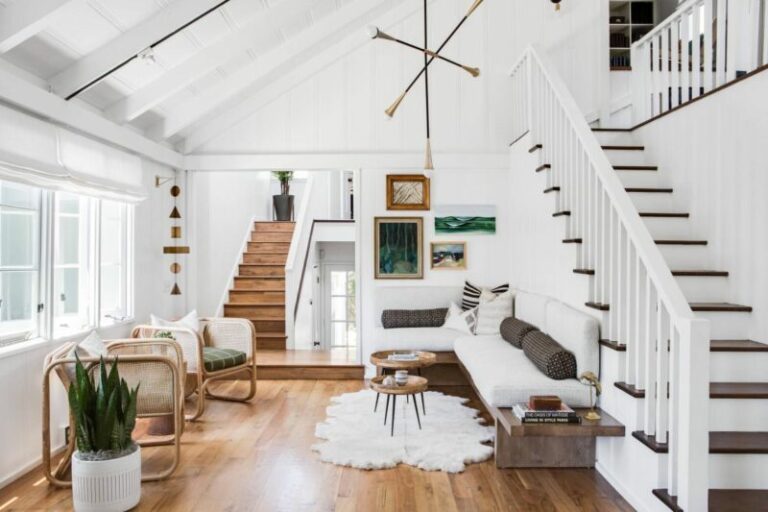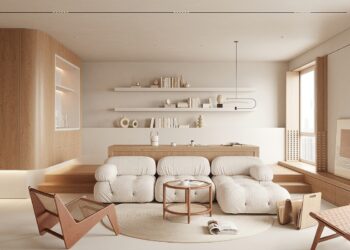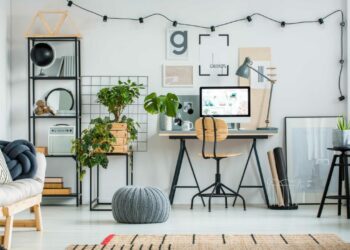In the modern world of interior design, few styles have captured the collective imagination quite like Scandinavian design. More than just an aesthetic, it is a philosophy rooted in the core principles of simplicity, functionality, and a deep appreciation for the natural world. Originating from the Nordic countries of Denmark, Sweden, and Norway, this design movement has become a global phenomenon, celebrated for its clean lines, minimalist appeal, and a profound sense of warmth and tranquility. It is a style that transforms a house into a home, creating spaces that are not only beautiful but also deeply livable and purpose-driven. This extensive guide will delve into the heart of Scandinavian design, exploring its foundational principles, the key elements that define it, and a comprehensive roadmap for how you can integrate this timeless style into every room of your home. We will also explore the underlying cultural concepts that give this design its unique soul, proving that it is more than just a trend—it’s a way of life.
A Blend of Form and Function
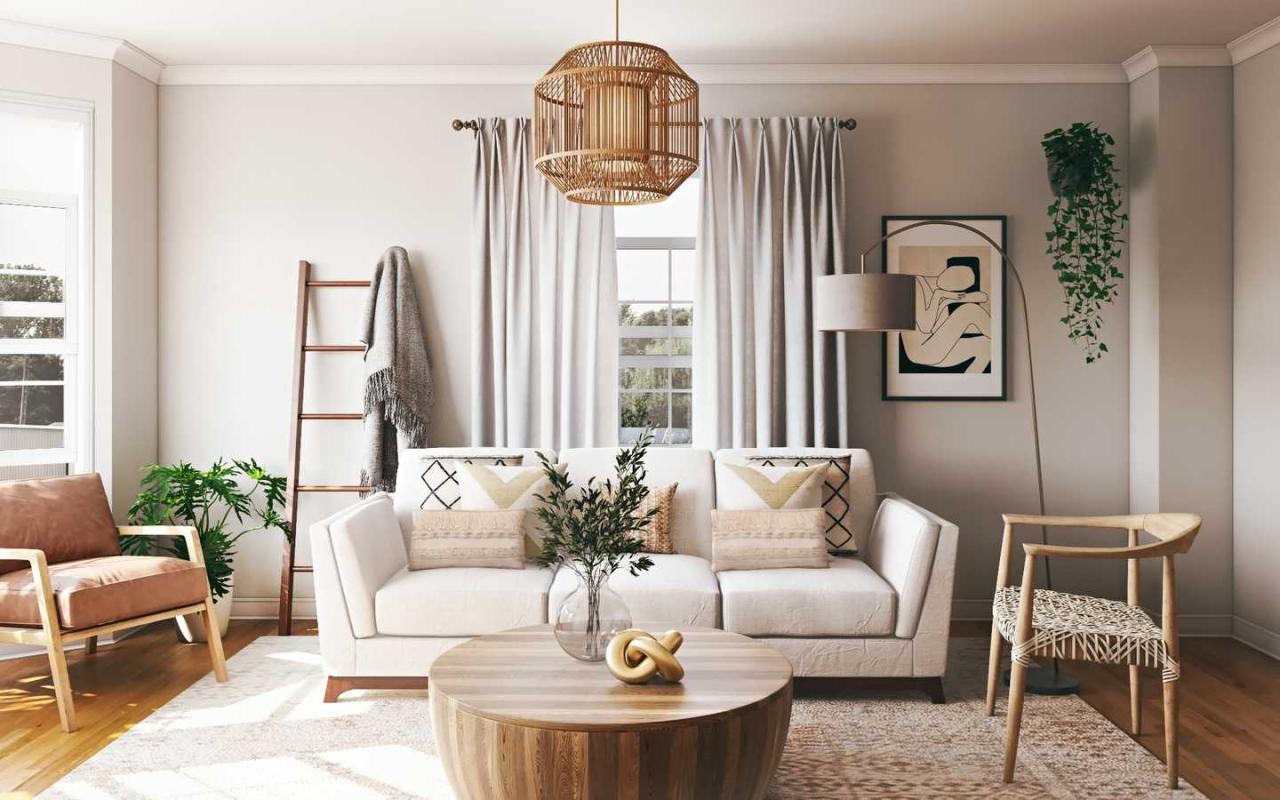
At its core, Scandinavian design is a rejection of excess. It emerged in the early 20th century as a response to the ornate, cluttered styles of the past, advocating for a new, democratic approach to design that was accessible, affordable, and functional for everyone.
- A. Simplicity (Simplicitet): The philosophy of “less is more” is central to Scandinavian design. It emphasizes clean, uncluttered spaces that are free from unnecessary ornamentation. The focus is on a few high-quality, well-designed pieces rather than a multitude of decorative items. This simplicity creates a calming, organized, and tranquil environment.
- B. Functionality (Funktionalitet): Every piece of furniture and every design choice in a Scandinavian home serves a purpose. Aesthetics and functionality are equally important, with a strong belief that beautiful objects should also be useful. This leads to clever, multi-functional furniture and thoughtful layouts that maximize space and efficiency.
- C. Connection to Nature: The harsh, long winters of the Nordic countries led to a profound appreciation for natural light and materials. Scandinavian design brings the outdoors in through the use of natural woods (like light-colored pine and birch), wool, cotton, linen, and leather. Large windows are left uncovered to maximize natural light, which is a precious commodity.
- D. Hygge and Lagom: Beyond aesthetics, the Scandinavian lifestyle is defined by two key concepts. Hygge is a Danish term for a feeling of coziness and contentment, often cultivated through candlelight, soft blankets, and warm gatherings. Lagom is a Swedish term that means “just the right amount”—not too little, not too much. This concept of balance and moderation is a core principle of the design, leading to spaces that feel harmonious and effortless.
Essential Elements of Scandinavian Design
To successfully create a Scandinavian-inspired home, you need to understand the key elements that make the style so distinct.
- A. Light Color Palettes:The foundation of a Scandinavian home is a light and airy color palette. Walls are typically painted in crisp whites, warm off-whites, soft grays, and subtle beiges. These colors help to reflect natural light, making the space feel larger and brighter, which is essential during the long, dark winters.
- B. Natural Materials:The use of natural materials is non-negotiable. Wood is the hero material, particularly light-colored woods with a visible grain. These materials bring warmth, texture, and a connection to nature. Other natural textiles like wool, linen, and cotton are used in blankets, rugs, and cushions to add layers of comfort and coziness.
- C. Minimalist Furniture:Scandinavian furniture is characterized by clean lines, organic shapes, and a lack of ornamentation. Pieces are often simple yet elegant, and they are designed to be highly functional. Look for furniture with tapered legs and a light, airy feel that prevents the space from feeling heavy or cluttered.
- D. Strategic Lighting:As natural light is at a premium, artificial lighting is a key design element. Scandinavian homes use a variety of light sources to create a layered and cozy atmosphere. This includes a mix of pendant lights, floor lamps, and table lamps that cast a soft, warm glow. The light fixtures themselves are often works of art, with a focus on simple, sculptural forms.
- E. A Touch of Greenery:Bringing plants indoors is a key element of Scandinavian design. Plants add a pop of natural color, purify the air, and reinforce the connection to nature. Potted plants, hanging planters, and even a single vase of fresh flowers can instantly bring a sense of life and vitality to a space.
How to Incorporate Scandinavian Design in Every Room
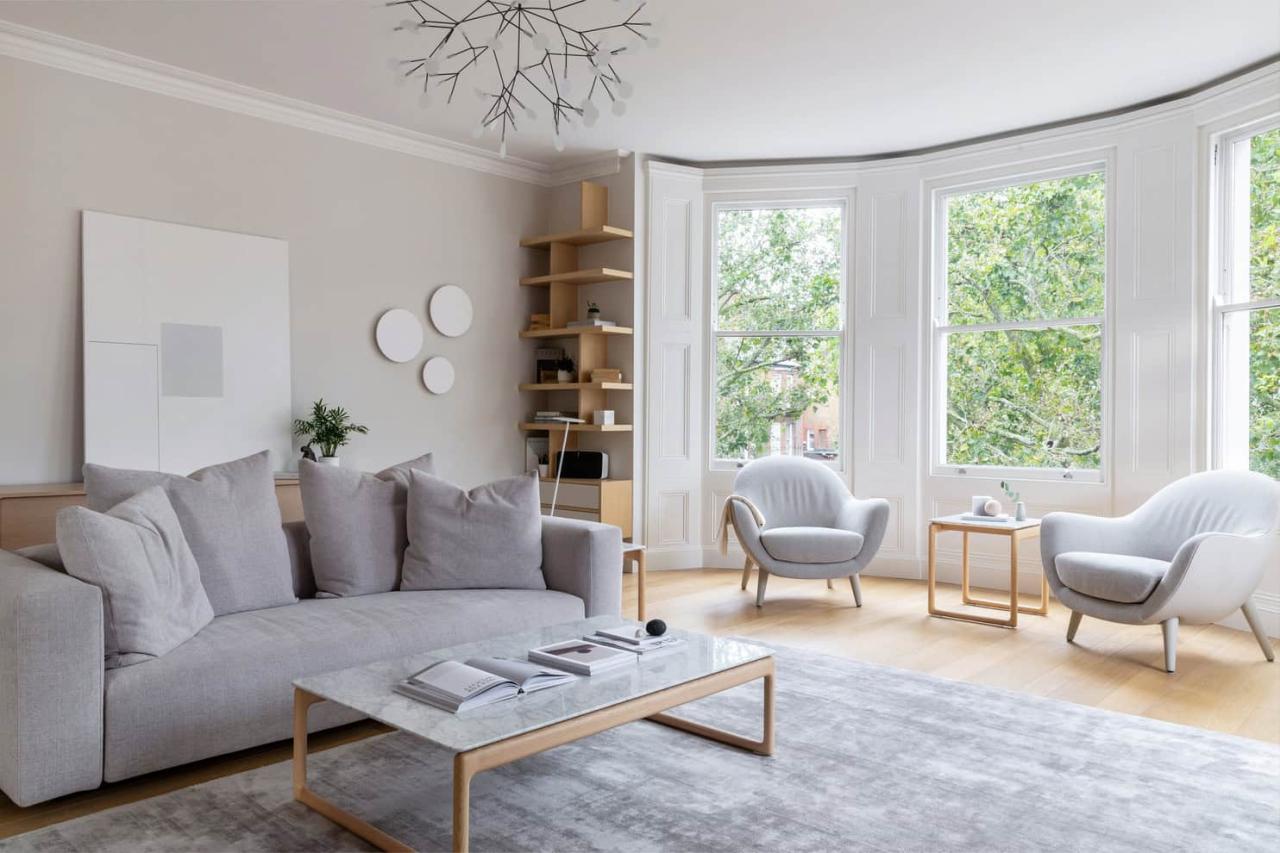
Adapting the Scandinavian style to different rooms in your home requires a thoughtful approach. Here is a room-by-room guide to help you create a cohesive and harmonious look.
- A. The Living Room:The living room is the heart of the home, where comfort and relaxation are paramount. Start with a neutral color palette on the walls. Choose a sofa with clean lines in a light gray or beige. Add layers of warmth with a textured wool rug, plush throw pillows, and soft blankets. A minimalist coffee table and a simple floor lamp will complete the look.
- B. The Kitchen:Scandinavian kitchens are the epitome of functionality and clean design. They feature light-colored cabinets (often in white or light wood), simple hardware, and a clutter-free countertop. Open shelving is a popular choice for displaying a few select ceramic pieces. A light wood table and chairs will add a sense of warmth and a place for the family to gather.
- C. The Bedroom:The bedroom should be a serene sanctuary. Start with a simple bed frame in a light wood or a muted color. The bedding should be a mix of natural textiles like linen and cotton, in soft, muted colors. Use a few light sources, like a bedside table lamp and a pendant light, to create a cozy glow. Keep the decor to a minimum to promote a calm and restful environment.
- D. The Home Office:A Scandinavian home office is designed for focus and productivity. The key is to keep the space organized and free from clutter. A simple desk in a light wood, a comfortable and ergonomic chair, and a minimalist desk lamp are all you need. A plant or two and a simple piece of art can add a touch of personality without creating visual noise.
- E. The Bathroom:Scandinavian bathrooms are clean, bright, and spa-like. They typically feature white subway tiles, light wood accents, and clean fixtures. A simple mirror with a light wood frame and a few plants can instantly elevate the space. The focus is on a sense of calm and a feeling of cleanliness and simplicity.
The Longevity of a Timeless Style
Scandinavian design is not a passing trend. Its endurance is a testament to its timeless principles. In a world that is becoming increasingly fast-paced and technology-driven, the desire for spaces that are simple, functional, and deeply connected to nature will only continue to grow. It is a style that adapts to different personal tastes and evolving technologies, making it a sound long-term investment in your home. It’s a design that transcends borders and cultures because it speaks to a universal human need for peace, comfort, and a life of balance.
Conclusion
Scandinavian design is a powerful and enduring aesthetic that offers a welcome antidote to the complexities of modern life. It is more than just a style; it is a philosophy that embraces the beauty of simplicity, the elegance of functionality, and the profound importance of a connection to the natural world. The journey to creating a Scandinavian-inspired home begins not with a trip to a furniture store but with a shift in mindset—a commitment to a life of less clutter, more purpose, and a deeper appreciation for the simple pleasures that make a house a home. By embracing a light, airy color palette, using natural materials, and focusing on a few high-quality, functional pieces, you can transform your living spaces into a sanctuary of calm and tranquility.
The beauty of this style lies in its accessibility and its timeless appeal. It doesn’t require a massive budget or a complete overhaul of your home. The power lies in the details: a plush wool rug, a simple light fixture, a touch of greenery, or an elegant vase. These small additions, when combined with a mindful approach to design, can create a space that feels effortless, harmonious, and deeply personal. The longevity of this style is a testament to the fact that its core principles—simplicity, functionality, and a connection to nature—are not trends but a fundamental reflection of what makes us feel at home. By integrating the essence of Scandinavian design into your life, you are not just decorating; you are cultivating a lifestyle of balance, intention, and well-being. The time to begin is now, and your future self will thank you for it.

